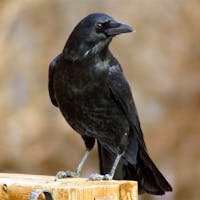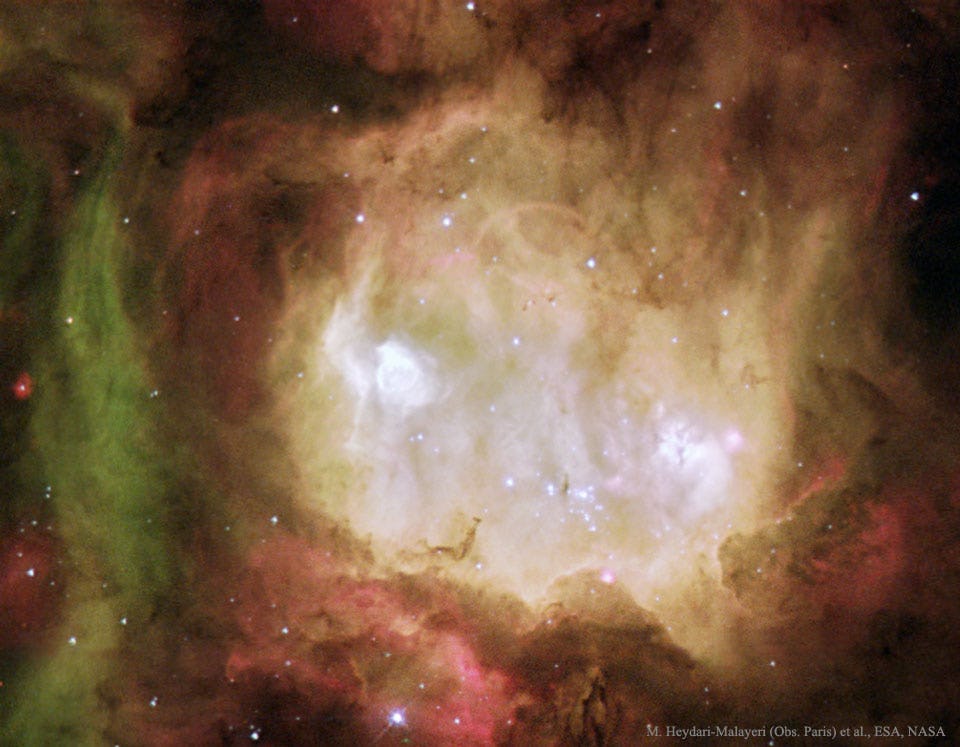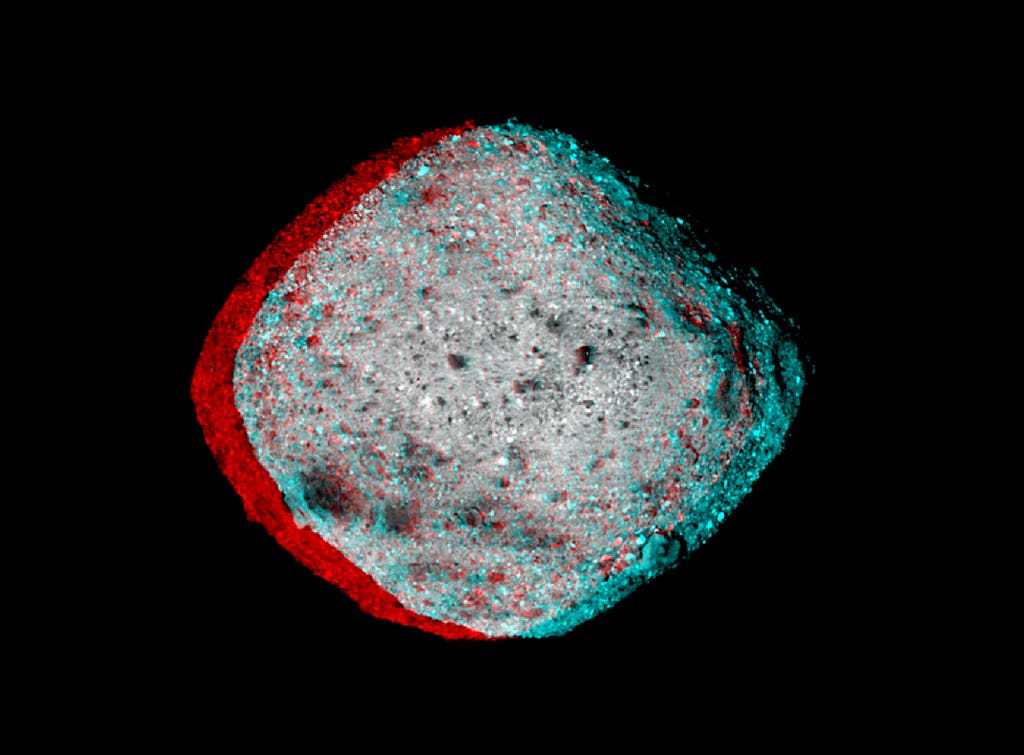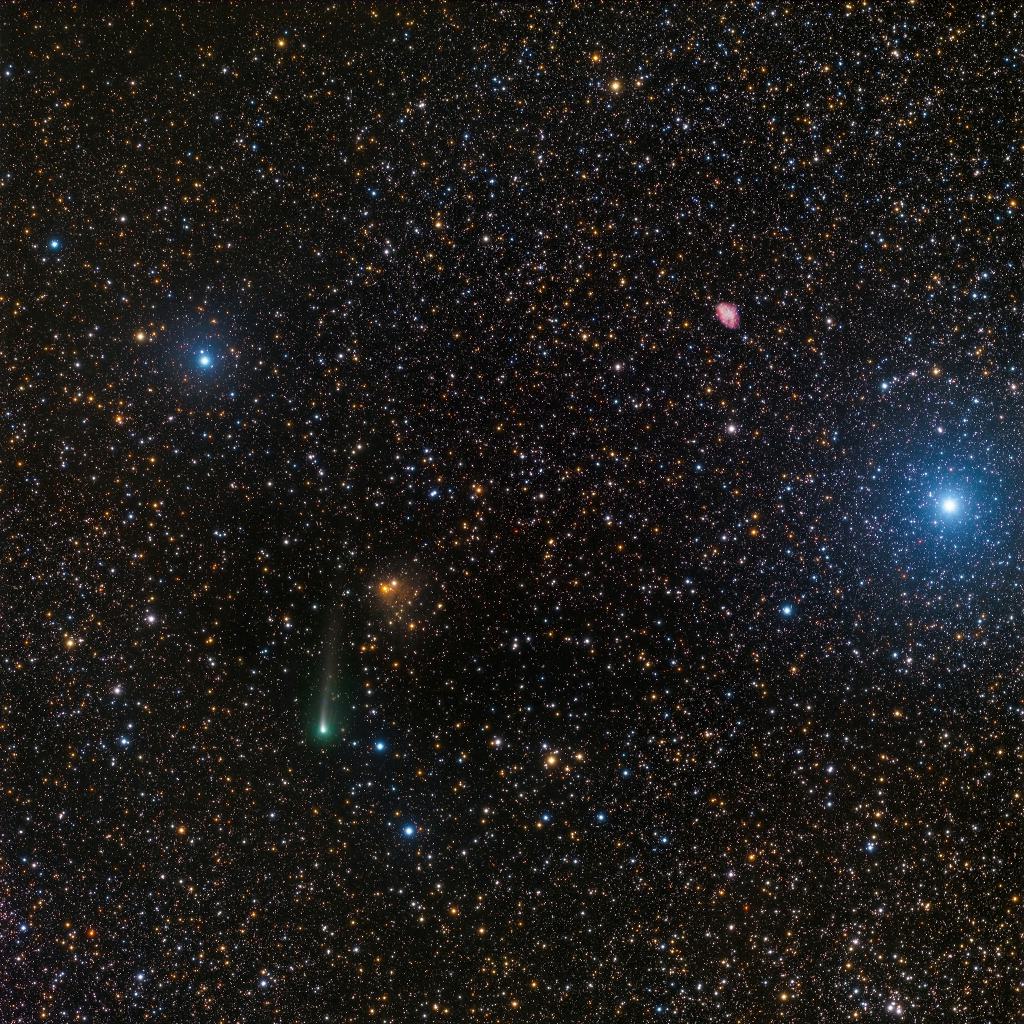I must be a coward,
to hang on too long
and take her to a place,
where she should belong.
Public Posts Seattle, WA Seattle, WA (zoom)
Last night, as I,
sat on our bed,
my wife sat next to
me and said,
"I'm so happy I found you
and I love you so,
please do not leave me.
Please do not go."
A Comment by Loy

❤️
A Comment by MFish

Thank you.
I don't know.
It's been awhile,
since the time
I made you smile.
Forget me now,
just let me be,
I'm no good for myself,
let alone for thee.
I do understand
what you said;
It's not an option,
for the life we led.
NASA Astronomy Picture of the Day:
Halloween's origin is ancient and astronomical. Since the fifth century BC, Halloween has been celebrated as a cross-quarter day, a day halfway between an equinox (equal day / equal night) and a solstice (minimum day / maximum night in the northern hemisphere). With a modern calendar however, even though Halloween occurs next week, the real cross-quarter day will occur the week after. Another cross-quarter day is Groundhog Day. Halloween's modern celebration retains historic roots in dressing to scare away the spirits of the dead. Perhaps a fitting tribute to this ancient holiday is this view of the Ghost Head Nebula taken with the Hubble Space Telescope. Similar to the icon of a fictional ghost, NGC 2080 is actually a star forming region in the Large Magellanic Cloud, a satellite galaxy of our own Milky Way Galaxy. The Ghost Head Nebula (NGC 2080) spans about 50 light-years and is shown in representative colors.
NASA Astronomy Picture of the Day:
Put on your red/blue glasses and float next to asteroid 101955 Bennu. Shaped like a spinning toy top with boulders littering its rough surface, the tiny Solar System world is about one Empire State Building (less than 500 meters) across. Frames used to construct this 3D anaglyph were taken by PolyCam on the OSIRIS_REx spacecraft on December 3, 2018 from a distance of about 80 kilometers. With a sample from the asteroid's rocky surface on board, OSIRIS_REx departed Bennu's vicinity this May and is now enroute to planet Earth. The robotic spacecraft is scheduled to return the sample to Earth in September 2023.
NASA Astronomy Picture of the Day:
This pretty field of view spans over 2 degrees or 4 full moons on the sky, filled with stars toward the constellation Taurus, the Bull. Above and right of center in the frame you can spot the faint fuzzy reddish appearance of Messier 1 (M1), also known as the Crab Nebula. M1 is the first object in 18th century comet hunter Charles Messier's famous catalog of things which are definitely not comets. Made from image data captured this October 11, there is a comet in the picture though. Below center and left lies the faint greenish coma and dusty tail of periodic comet 67P Churyumov-Gerasimenko, also known as Rosetta's comet. In the 21st century, it became the final resting place of robots from planet Earth. Rosetta's comet is now returning to the inner solar system, sweeping toward its next perihelion or closest approach to the Sun, on November 2. Too faint to be seen by eye alone, the comet's next perigee or closest approach to Earth will be November 12.
Photo by Jose Mtanous
My Friend
I miss you,
Words easily said.
I look for those days,
which will soon lie ahead.
I hear the rain,
rattle the window,
as I explain,
I'm happy to be inside;
safe and out of the rain.
Plowing the dirt,
place into a pile.
Mark out the plot,
create your own style.
Plant bulbs tomorrow,
bring joy to all those
walking the path of sorrow.








.jpg?fit=crop&w=280&h=280&q=93)












 - Copy.jpg?fit=crop&w=280&h=280&q=93)














